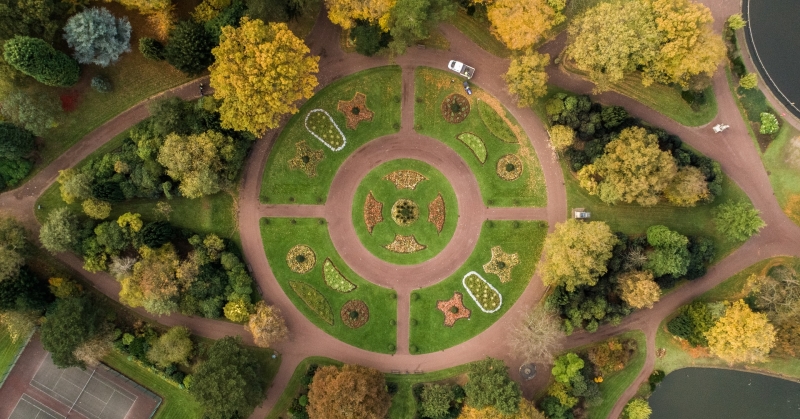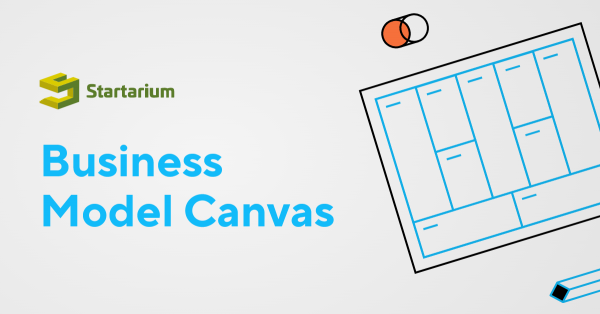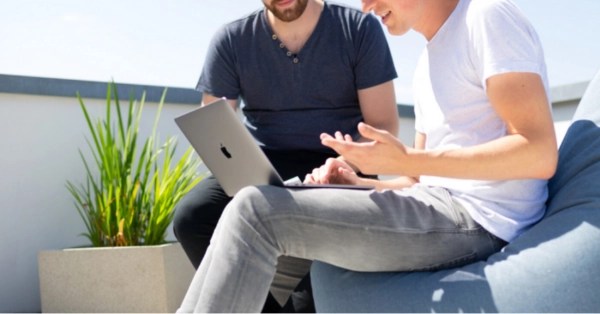“We must transform every element of our take-make-waste system: how we manage resources, how we make and use products, and what we do with the materials afterwards. Only then can we create a thriving circular economy that can benefit everyone within the limits of our planet.” - Ellen Macarthur Foundation

How do you start your mornings? You might pour beans into a coffee machine and then dispose of the packaging, grounds and filter. Or perhaps you purchase a cup of tea and then toss the used cup into the bin.
This is known as a “take-make-use” pattern of resource consumption — and it applies to nearly every aspect of our economy. First, a company harvests or extracts raw materials, such as coffee beans. Next, they manufacture a product and sell it to a consumer. Finally, when the product is no longer needed, the consumer throws the product away.
The “linear economy” has resulted in polluted air and water, mountains of waste, and the depletion of natural resources. As populations grow and become wealthier, the demand for resources will increase — but our supply is finite.
Linear, or extractive, is the type of economic practice that takes a natural resource, turns it into a product, then waste. It looks something like this
The circular economy proposes a new direction for our economic system with benefits for the environment, people, and businesses.
The circular economy implies a cultural change in the way we understand the production and consumption system in order to deal with a lack of resources, environmental impacts, value creation and employment.
Regenerative models aim not only to be sustainable, but to be generous. To build long-term models for prosperity, our economies need to shift from degenerative and extractive not only to sustainable, but to regenerative.
When designing a washing machine or any other product, it is not only necessary to think about its usefulness or its environmental friendliness, but also to establish what will happen to each of its components when it is no longer useful. In other words, it is a matter of foreseeing, from the design stage, how each part will be reused. And this is where the circular economy comes into play.
Businesses and entrepreneurs are now oriented to transform their economic practices from a linear one to a sustainable, or even a regenerative one. This can be done by examining their own models, or by taking the resources from broader resource patterns. Take coffee beans as an example – less than 1% of each bean is used for the actual coffee. That leaves lots of precious organic matter that can be used for growing other things. Or can be turned into clean energy.
Thus, in order to practice a sustainable and circular economy, our consumption habits and the way companies design and manufacture their products must change. The goal is that future generations can enjoy the natural resources that the Earth offers us. Take note of these examples and put it into practice!
Bottles that become floor mats and dashboards for cars. Recycling is one of the bases of the circular economy, and that is why there are companies like Eko-rec, dedicated to recycling PET bottles after consumption to transform them into car mats and dashboards or packaging.
Tires that become shoes. The company Ecozap manufactures ecological and vegan Fair Trade shoes, without using leather or toxics and using materials such as tires. Do you feel like stepping on your toes while respecting the environment?
Sustainable construction of homes and offices. Sustainer Homes is a Dutch company that builds houses and offices from milled wooden modules that last a lifetime.
Decorating with e-waste and plastics. Miniwiz is a Taiwan-based company that recycles waste from electronics and building products into building materials. Among other things, it created the interior of Nike stores.
Cities with recycled materials. Do you like to ride your bike in your city? If you've noticed the bike lane dividers, you've seen one of the products manufactured by the company Zicla from plastic waste derived from consumption. It is not only a commitment to recycling, but also to more sustainable cities.

























